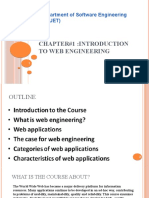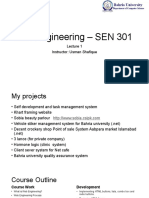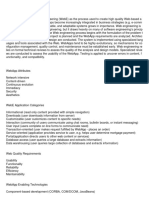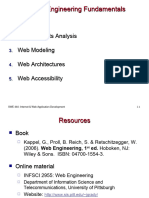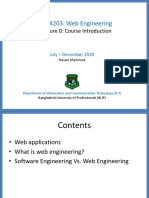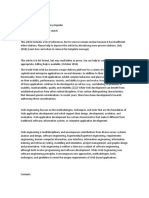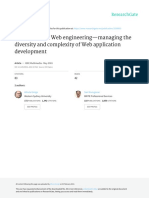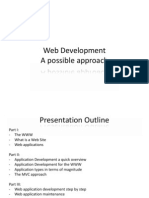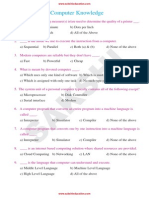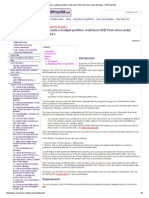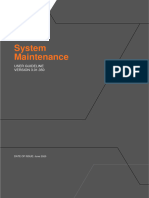0% found this document useful (0 votes)
116 views14 pagesTopic 1 Introduction To Web Engineering
Web Engineering aims to apply scientific, engineering, and management principles to successfully develop, deploy, and maintain high-quality web systems and applications. It brings a more controlled and systematic approach to web development to minimize risks and improve quality. Some of the key areas of web engineering include software engineering, hypermedia design, information systems, and network engineering.
Uploaded by
lum yapCopyright
© © All Rights Reserved
We take content rights seriously. If you suspect this is your content, claim it here.
Available Formats
Download as PPTX, PDF, TXT or read online on Scribd
0% found this document useful (0 votes)
116 views14 pagesTopic 1 Introduction To Web Engineering
Web Engineering aims to apply scientific, engineering, and management principles to successfully develop, deploy, and maintain high-quality web systems and applications. It brings a more controlled and systematic approach to web development to minimize risks and improve quality. Some of the key areas of web engineering include software engineering, hypermedia design, information systems, and network engineering.
Uploaded by
lum yapCopyright
© © All Rights Reserved
We take content rights seriously. If you suspect this is your content, claim it here.
Available Formats
Download as PPTX, PDF, TXT or read online on Scribd
/ 14











